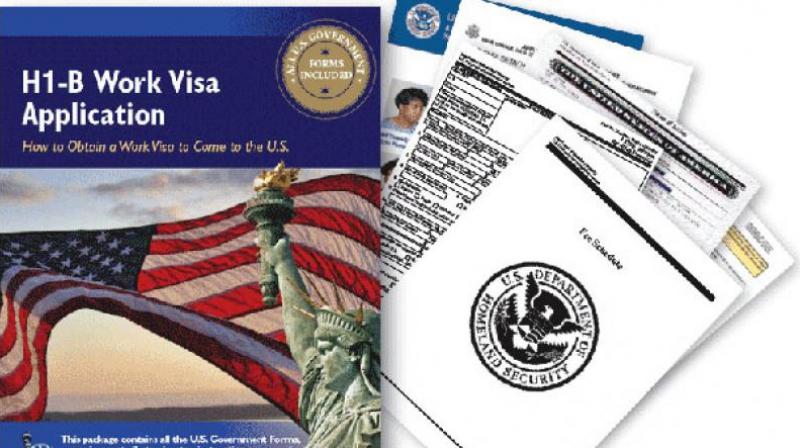Visa curbs may not be such a bad thing!

The H1B visa, which has caused such a global furore after recent amendments leading to a more restrictive policy, is an employment-based, non-immigrant visa for temporary workers only. While this is likely to present hurdles in the short term, until more clarity is available on the impact of the policy changes, optimism does prevail on the outlook for medium and long-term results.
The H1B visa is employer-driven. To get one, a company must apply on behalf of the employee concerned and the latter is obligated to work for that company once he or she arrives in the U.S. Every year, the US Citizen and Immigration Services (USCIS) issues 85,000 visas - 65,000 of these are used by companies based in India (both Indian companies as well as MNCs operating from India), to send their Indian IT workers to the U.S. Seeing as the U.S. accounts for over 60% of the Indian IT industry’s export revenue, intended restrictions by the former are a natural cause for concern and worry – both on account of exports (and thereby revenue) taking a hit and also because Indians working the U.S. could be forced to leave the country.
Political rhetoric during the 2016 presidential election took a on decidedly “sons of the soil” tone. President Trump had stated, even in his election campaigns that America’s interests would take top priority if he won the election. This is not too dissimilar from approaches adopted by some states in India as well! The irony is sublime. The U.S.A, which has always been the most ardent advocate of open markets and barrier-free trade is now leading the way in a new, protectionist stance.
H1B visas are issued on an annual, lottery basis as the number of applicants has always exceeded the number of available visas. The lottery for the fiscal year 2018 opened on Monday, without the stark amendments expected. However, it is not altogether without changes – the USCIS has broadly amended two areas. First, guidelines have been issued which require additional information to be provided for applicants. This is to prove that the jobs are complex, requiring advanced, specific knowledge and experience. Second, coupled with enhanced scrutiny to prevent misuse and fraud in the H1B visa system, the USCIS will increase checks and validations for applicants where the employers business cannot be validated through commercially available data, employers who have a high ratio of H1B workers compared to US workers and instances where H1B visa workers obtain their visa from one company but work elsewhere.
This presents us with a dichotomy. On the one hand, it cannot be denied that there have been instances of misuse of the H1B visa and the USCIS has also investigated complaints of this nature. On the other, the US Labour Department states that over one million IT-related jobs in the U.S. are lying vacant because there is a shortage of adequately trained locals.
Indian companies, on their part, have reduced their dependency on these H1B visas over the years. A 2016 report by JP Morgan stated that these companies had managed to decrease their H1B visa offtake by nearly 33% between 2012 and 2015Z! In late December 2016, N. Chandrasekaran, CEO, TCS, said the company had applied only for 4000 new US visas as opposed to 14,000 in 2015. Evidently, the need for TCS to seek these visas has fallen significantly. A similar situation prevails with several other IT majors.
The situation is fraught with complexities, so what is the overall impact likely to be? The emerging view is that these visa curbs may not be such a bad thing after the initial rough patch is over. There are two benefits we are likely to accrue: One, Indian IT workers may not get H1B visas in desired numbers, however, we still need to meet our commitments to US clients. Indian companies must restore the balance by moving greater amounts of work from the US to India or other geographies. Since the policy changes will restrict low-skilled or entry-level IT workers, Indian companies will have to accelerate their move up the value chain. However, employees sent to US on-site jobs are likely to be highly-experienced, skilled people who will catalyse this movement up the value chain.
There is also the distinct possibility that a shortage of IT workers would adversely impact multiple industries in the US itself, especially since it is not possible for this shortage to be remedied in the short or medium term.
In the final analysis, there is bound to be some uncertainty in the initial stages, at least until there is clarity on the changes and restrictions on the H1B visas. However, in the medium and long term, I see the Indian IT industry emerging much stronger, all set to commence a rapid climb up the value chain.
The writer is Secretary General, BCIC and former VP, Nasscom.

